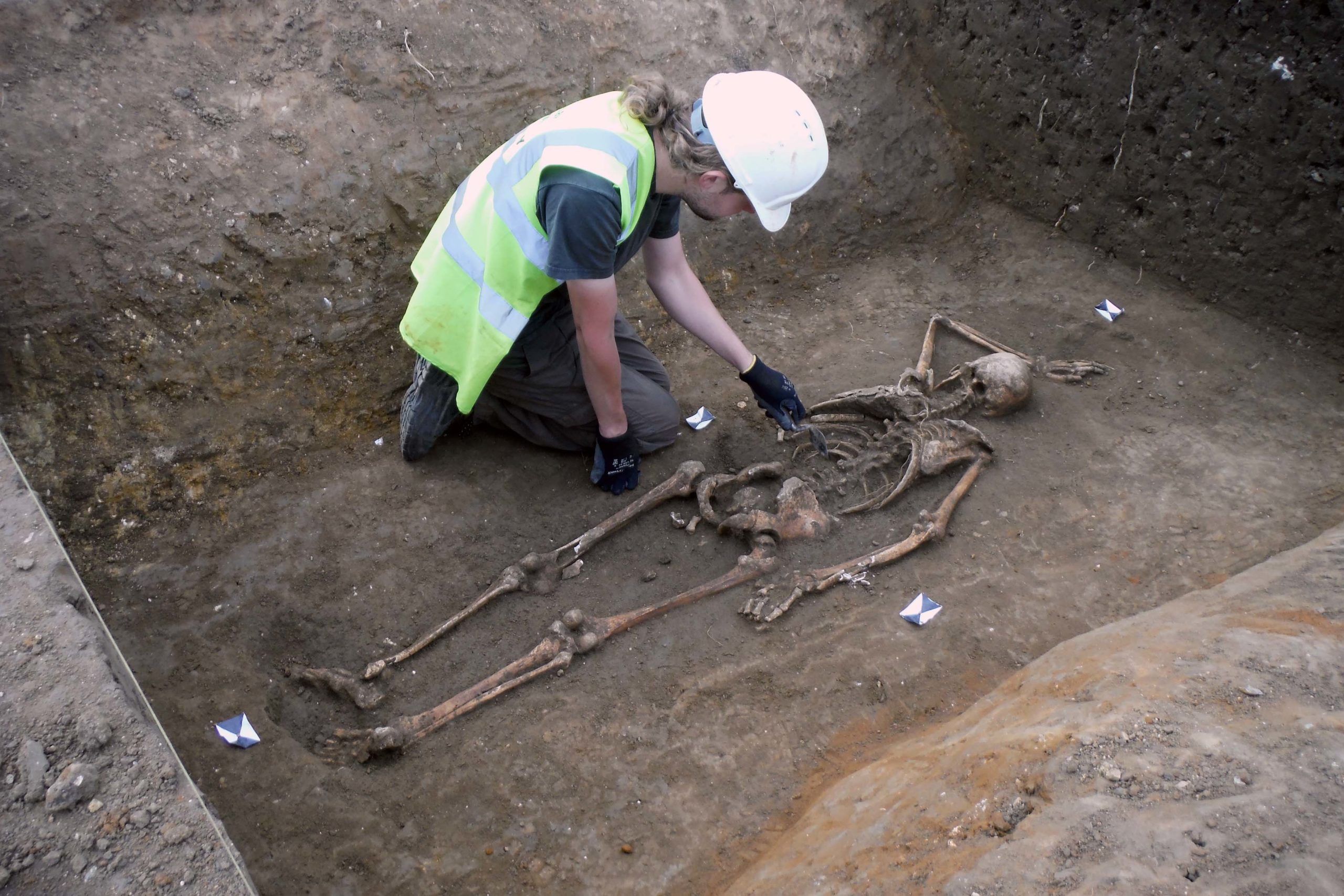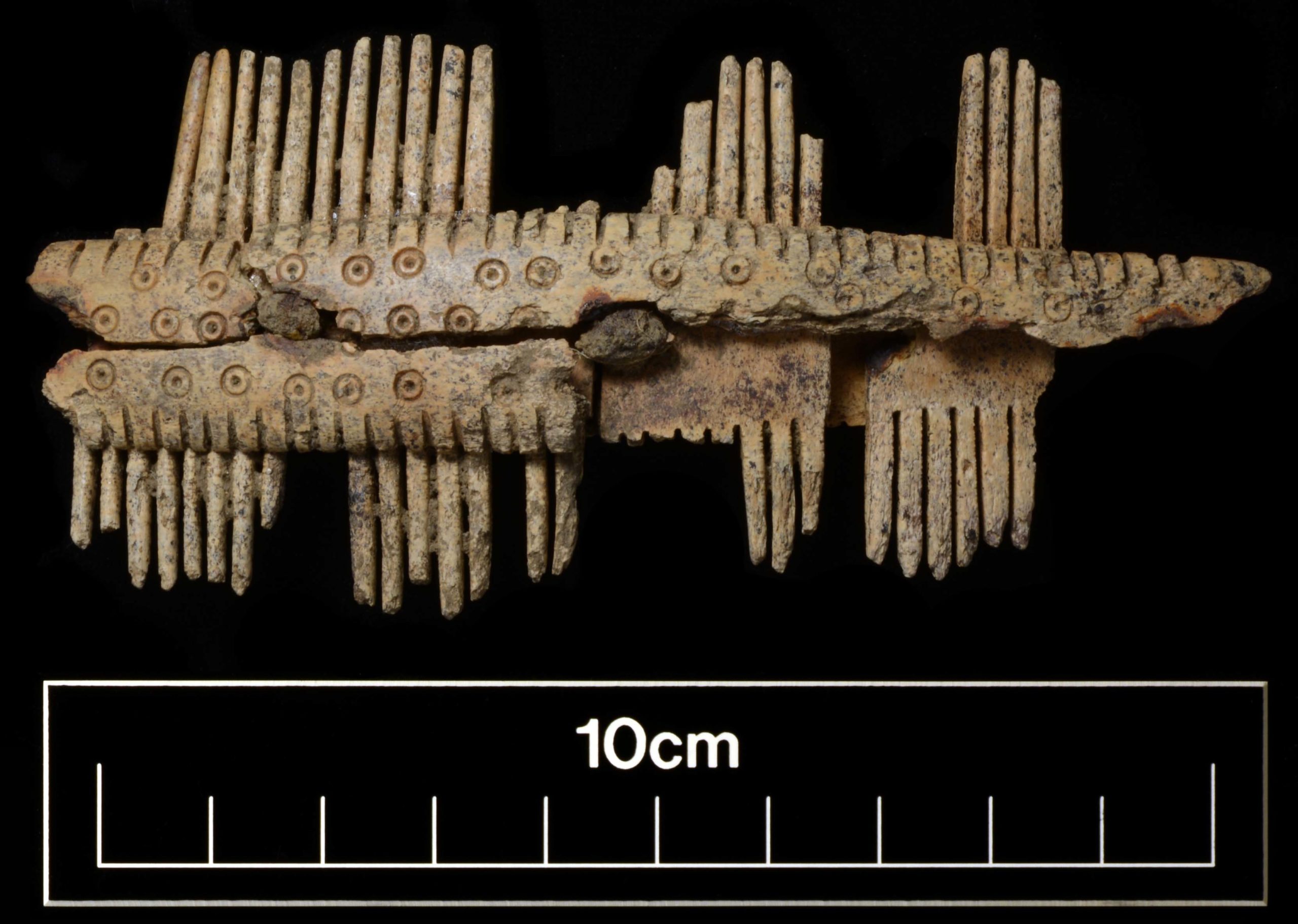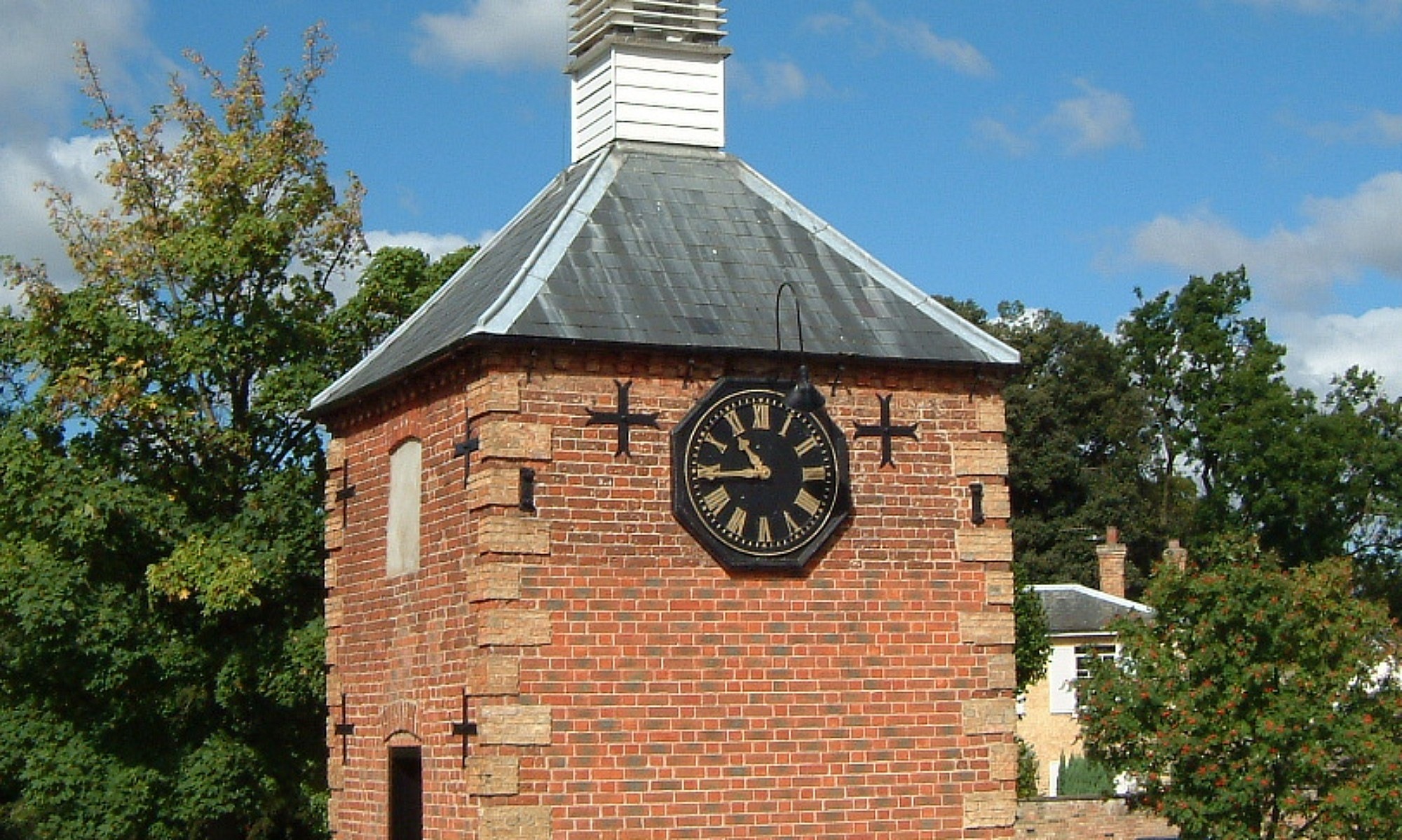![]() Albion Archaeology has identified a large, previously unknown Roman settlement in Fenstanton that lay on the road linking the Roman towns of Cambridge and Godmanchester. Their excavations were carried out in 2017-18 ahead of the new housing developments on Cambridge Road and at the former Dairy Crest site, the full results of which will shortly be revealed.
Albion Archaeology has identified a large, previously unknown Roman settlement in Fenstanton that lay on the road linking the Roman towns of Cambridge and Godmanchester. Their excavations were carried out in 2017-18 ahead of the new housing developments on Cambridge Road and at the former Dairy Crest site, the full results of which will shortly be revealed.
The settlement lasted throughout most of the Roman period (c. AD 43-410), with the remains of a sunken-floored timber hut providing evidence that at least one family continued to live there during early Anglo-Saxon times in the 5th century. Large amounts of Roman pottery and animal bones were found, as well as more decorative Roman objects such as brooches. The animal bones have proved to be especially interesting: the butchery marks on them are of the type made by specialist Roman butchers, suggesting that there was a large-scale commercial operation here to process cattle bones.
As well as uncovering evidence of how the people lived, the excavations also found a number of small cemeteries, with just under 50 graves in total. These were all excavated and the skeletons have been sent to Cambridge for specialist analysis, telling us that the people who lived here had an unusually high number of illnesses and injuries. One person in particular may have suffered an especially unpleasant fate.
![]() Much more detail about the results of the excavations will be published in the British Archaeology magazine (https://www.archaeologyuk.org/new-in-archaeology/british-archaeology-magazine.html) on 8th December.
Much more detail about the results of the excavations will be published in the British Archaeology magazine (https://www.archaeologyuk.org/new-in-archaeology/british-archaeology-magazine.html) on 8th December.
There will also be further details available in the press from the same date; read more about that here nearer the time.

![]()





